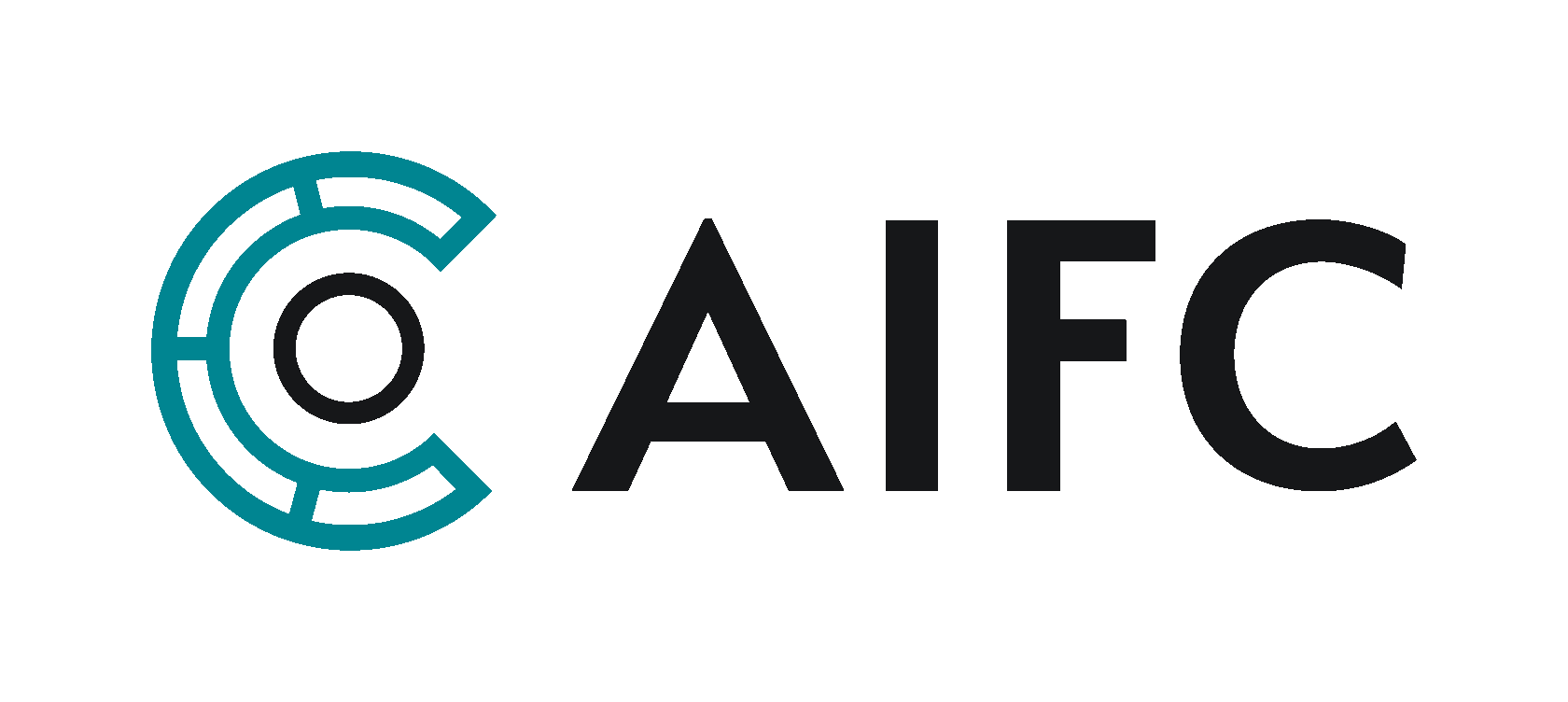Weekly Market Overview:
June 16-20
June 16-20

The US stock market closed Monday's trading higher. At closing time on the New York Stock Exchange, the Dow Jones index rose 0.75%, the S&P 500 index rose 0.94%, and the NASDAQ Composite index rose 1.52%. Treasury 10-year yields increased 3 basis points to 4.45%. Gold futures fell 1.03% to $3417. Crude oil Brent futures fell 1.35% to $73.23. Of the 11 S&P sectors 3 ended in the red. Energy was the weakest, while Technology topped the gainers.
Stocks wobble, oil jumps on Middle East tension; BOJ in focus. U.S. stock futures slipped and oil prices rose on Tuesday, as investors were rattled by U.S. President Donald Trump's call for everyone to evacuate Tehran with the fifth-day of Israel-Iran fighting sowing fears of a broader regional conflict. Outside of geopolitics, interest rate decisions by a host of central banks will be the prime focus for investors this week with the Bank of Japan's verdict expected later in the day. At the end of its two-day policy meeting, the BOJ is widely expected to maintain short-term interest rates at 0.5%, but markets will be keen on the institution's outlook on quantitative tightening.
Ken Griffin on Trump, Harvard and Why Novice Investors Won’t Beat the Pros. The founder of $66 billion hedge fund Citadel is making waves in Miami, the nucleus of the new “Wall Street South.” One of the mistakes that investors will make early in life is they don’t take a step back and think about the fact that there are thousands and thousands of people for whom picking stocks is a full-time job.
Fusion Factor bought back NanduQ shares for more than RUB 885 million. Hong Kong-based Fusion Factor Fintech Limited purchased 4.2 million ADRs of NanduQ (former Qiwi) at a price of RUB 210 per unit during the first stage of the offer. The repurchase offer is addressed to holders of ADRs that are registered with NSD or other Russian depositories and listed on the Moscow Exchange. The purpose of the offer was to enable investors to “monetize their investments in an environment of high uncertainty caused by corporate events and financial infrastructure constraints”.
China boosts its role in Central Asian energy system. China Energy International Group (Energy China) will actively participate in the construction of cross-border power grids between Central Asian countries, as well as in the development of a «green» energy corridor in Kazakhstan, according to CEO Lyu Zexiang. «We have invested $3.6 billion in 20 projects across Central Asia, mainly in photovoltaics, wind power, energy storage and construction materials. We also have 50 contracted projects worth nearly $10 billion, of which more than 50% are related to new energy sources,» said Lyu Zexiang.

The US stock market closed Tuesday's trading lower. At closing time on the New York Stock Exchange, the Dow Jones index fell 0.70%, the S&P 500 index fell 0.84%, and the NASDAQ Composite index fell 0.91%. Treasury 10-year yields decreased 6 basis points to 4.39%. Gold futures fell 0.30% to $3407. Crude oil Brent futures rose 4.40% to $76.45. Of the 11 S&P sectors 10 ended in the red. Healthcare was the weakest, while Energy topped the gainers.
Crypto giants set for EU green light amid growing regulatory rift. Under the EU’s new Markets in Crypto-Assets (MiCA) regulation, which came into force earlier this year, member states can issue licences that allow crypto companies to operate throughout the 27-nation bloc, but some have raised concerns in closed-door meetings about the speed with which licences are being granted. Gemini, a crypto trading platform founded by billionaire twins Tyler and Cameron Winklevoss, is on the verge of receiving a licence to operate from Malta, the smallest country in the European Union, two people said. This follows Malta’s earlier approvals of OKX and Crypto.com, granted within weeks of the new regime’s introduction. The pace of Malta’s approvals has drawn scrutiny from other national regulators, who meet under the umbrella of the European Securities and Markets Authority (ESMA). France's AMF has publicly warned that ESMA's lack of direct authority could lead to a "regulatory race to the bottom".
Xi Takes Push for Global Sway to Central Asia With Kazakh Visit. The summit in the Kazakh capital Astana is taking place in parallel to the G-7 event in Canada, and comes days after US Secretary of State Marco Rubio met Kazakhstan’s foreign minister in Washington. China has also used rival groups to the G-7, such as the BRICS club of nations, named after early members Brazil, Russia, India, China and South Africa, and to which Kazakhstan and Uzbekistan are partners. The group, which was considering a common currency, will meet in July. China’s East Hope Group seeks to build an aluminum smelter capable of producing 1 million tonnes of the metal a year in Kazakhstan.
New ETF gives investors opportunity to act like private equity giant as shift away from public stocks picks up. Private markets will hold 10% of investor money in the years ahead, predicts Jan Van Eck, CEO of ETF and mutual fund manager VanEck, up from roughly 2% currently. VanEck has launched an ETF providing exposure to private investments through the shares of publicly traded alternative asset managers, but there are unique risks.
The EU is returning to securitization for the sake of investment growth. This financial instrument became a symbol of the 2008 crisis. Securitization allows banks to package loans into debt securities, which are then sold to investors, redistributing credit risks and freeing up funds for new borrowers. The European securitization market, according to the publication, now remains small: if before the crisis its volume was estimated at about 2 trillion euros, now - about 1.2 trillion euros. By comparison, the U.S. market grew from $11.3 trillion in 2008 to $13.7 trillion.
Freedom Holding Corp. reveals 2025 FY results. According to the report, the holding’s revenue amounted to $2.1 billion — an increase of $384.2 million (23%) compared to the previous year. More broadly, the holding’s net profit totaled $84.5 million, with earnings per share at $1.43. Over the year, Freedom Holding Corp.’s assets grew by 19%, reaching $9.9 billion, while liabilities rose by 22% to $8.7 billion. This year, the number of brokerage accounts registered with Freedom reached 683,000 (+153,000), insurance service clients totaled 1.2 million (+636,000) and banking service users reached 2.5 million (+1.6 million).

The US stock market closed Wednesday's trading with mixed results. At closing time on the New York Stock Exchange, the Dow Jones index fell 0.10%, the S&P 500 index fell 0.03%, and the NASDAQ Composite index rose 0.13%. Treasury 10-year yields increased 1 basis points to 4.40%. Gold futures rose 0.04% to $3408. Crude oil Brent futures rose 0.33% to $76.70. Of the 11 S&P sectors 6 ended in the red. Energy was the weakest, while Financial topped the gainers.
S&P 500 ends nearly flat, gives back gains; Fed's Powell says inflation to rise. Investors also have been closely watching developments in the Middle East. Some worry about the possibility of a more direct U.S. military involvement in the Israel-Iran aerial war. Iranian Supreme Leader Ayatollah Ali Khamenei rejected Trump's demand for unconditional surrender. Trump said his patience had run out, though he did not indicate what his next step would be. Early in the day, initial jobless claims data showed the number of Americans filing new applications for unemployment benefits fell last week, but stayed at levels consistent with a further loss of labor market momentum in June.
Japan Firms Exit Tokyo Exchange at Record Pace in Delisting Rush. The number of firms that delisted their shares from the TSE or announced plans to do so has reached 59 in the first half, rising from 51 a year earlier and marking the most on record for a comparable period, according to exchange data going back to 2014. If firms continue to exit the TSE at this pace, the figure for 2025 will exceed last year’s annual record of 94 companies. The trend reflects the Tokyo bourse’s broad push to make the Japanese market more appealing for foreign investors by ensuring that listed companies offer high shareholder returns, while firms that aren’t meeting their goals face the threat of being taken off the exchange. The TSE has called on companies to pursue goals including improving their valuations and cutting overly close ties with other companies in the form of cross-shareholdings.
Insurers lift prices 60% for key Iran route as conflict threatens shipping. Vessels face multiple dangers in Strait of Hormuz, a chokepoint for trade in crude oil. Ships trying to pass through the strait face a range of dangers, from electronic interference to attacks by Iran-backed Houthi rebels and the threat of further escalation by Israel and Iran, said brokers and insurers. On Monday there was a collision between two oil tankers near the Strait of Hormuz. While the cause of the crash has not yet been publicised, one ship had transmitted atypical signals about its position, raising concerns about electronic interference. Baker said insurers were also worried that Houthi militants could widen their attacks, damaging more ships than the US, UK and Israeli-flagged vessels they have generally been targeting.
Children's individual investment accounts will appear in Russia as part of family investments. Deputy Finance Minister Chebeskov talks about a new type of investment account. Parents will be able to open such accounts until the child reaches the age of majority and receive tax deductions. Asset management on children's IIS is supposed to be transferred to professional management companies. The mechanism will work as follows: parents will conclude an agreement in the interests of the child, determine the investment strategy and deposit their own funds. The management company will charge a commission and invest the money to multiply it. At some brokers it is already possible to open an IIS with trust management for a child, but only if the child is at least 14 years old.
Timur Turlov’s Freedom Bank app embraces option of crypto asset trading. Commenting on the question of whether Freedom Finance would cooperate with crypto exchanges, Turlov said that the company already has an agreement with Binance Kazakhstan, a cryptocurrency exchange registered with the Astana International Financial Centre (AIFC). As part of this cooperation, a fiat gateway has been established to facilitate the conversion of traditional currencies into crypto assets and vice versa. «Freedom Finance Global has already obtained an AIFC license to provide cryptocurrency services, so I hope that our SuperApp will offer the option to buy or sell crypto assets soon,» the businessman underscored.

The US stock markets were closed on Thursday, on account of the Juneteenth holiday. Trading in the three main Wall Street indices, the Dow Jones Industrial Average, the S&P 500 and the Nasdaq Composite, will resume on Friday. Gold futures fell 1.18% to $3368. Crude oil Brent futures rose 2.80% to $78.85.
Syria made first direct international bank transfer via SWIFT since war. Husriyeh told Reuters in Damascus that a direct commercial transaction was carried out from a Syrian to an Italian bank on Sunday.
Japan's core inflation hits 2-year high, keeps rate-hike bets alive. Japan's core inflation hit 3.7% in May, the fastest annual pace in more than two years and keeping pressure on the central bank to resume interest rate hikes. The data underscores the challenge the Bank of Japan faces in juggling mounting pressure from sticky food inflation and risks to the fragile economy from U.S. tariffs. The BOJ ended a massive stimulus programme last year and in January raised short-term rates to 0.5% on the view Japan was on the cusp of durably meeting its 2% inflation target.
Japan's core inflation hits 2-year high, keeps rate-hike bets alive. Japan's core inflation hit 3.7% in May, the fastest annual pace in more than two years and keeping pressure on the central bank to resume interest rate hikes. The data underscores the challenge the Bank of Japan faces in juggling mounting pressure from sticky food inflation and risks to the fragile economy from U.S. tariffs. The BOJ ended a massive stimulus programme last year and in January raised short-term rates to 0.5% on the view Japan was on the cusp of durably meeting its 2% inflation target.
Fidelity Fund Bets on Midcaps Saying Worst of Tariffs Is Over. Japan, Germany and China midcaps account for about 11% of Fidelity’s growth and income fund — making them some of the strategy’s highest conviction trades. In contrast, there was “very limited exposure” to such stocks about 18 months ago. The worst of the shock is behind us with Liberation Day. The numbers that were recorded on that day were the worst it can get.
Elon Musk’s X to offer investment and trading in ‘super app’ push. The proposed foray into financial services comes as Musk seeks to model the platform, which he bought in 2022, after China’s WeChat — a one-stop shop for messaging, payments and shopping. X has already said it will be introducing X Money, a digital wallet and peer-to-peer payment service, with Visa as its first partner later this year.
The Central Bank of Turkey kept the rate at 46%. The overnight lending rate remained unchanged - 49%. In the press release of the Central Bank of Turkey it is indicated that inflation decreased in May. Taking into account the delayed effect of monetary policy tightening, the Central Bank of Turkey will take appropriate decisions to create monetary and financial conditions under which it will be possible to achieve the inflation target of 5%.
Chinese construction giant eyes ambitious plans in Central Asia. China State Construction Engineering Corporation (CSCEC), which was involved in the construction of the light rail transit (LRT) system in Astana, is now considering launching a modular housing plant in Kazakhstan’s capital, renovating dilapidated housing across the country and participating in the development of the city of Alatau in the Almaty region. CSCEC International currently ranks ninth globally in terms of construction volume, with an annual turnover exceeding $300 billion. Founded in 1982, the company has undertaken large-scale projects in 34 countries, including Egypt’s new administrative capital and key infrastructure projects in Uzbekistan, Tajikistan, the UAE, and Kazakhstan.

The US stock market closed Friday's trading with mixed results. At closing time on the New York Stock Exchange, the Dow Jones index rose 0.08%, the S&P 500 index fell 0.22%, and the NASDAQ Composite index fell 0.51%. Treasury 10-year yields decreased 2 basis points to 4.38%. Gold futures fell 0.66% to $3386. Crude oil Brent futures fell 2.33% to $77.01. Of the 11 S&P sectors 6 ended in the red. Communication Services was the weakest, while Energy topped the gainers.
Shares slip, oil rises as investors weigh Iran risks. Shares slipped in Asia on Monday and oil prices briefly hit five-month highs as investors anxiously waited to see if Iran would retaliate against U.S. attacks on its nuclear sites, with resulting risks to global activity and inflation. Optimists were hoping Iran might back down now its nuclear ambitions had been curtailed, or even that regime change might bring a less hostile government to power there. Markets may be responding not to the escalation itself, but to the perception that it could reduce longer-term uncertainty. That said, any sign of Iranian retaliation or threat to the Strait of Hormuz could quickly shift sentiment and force markets to reprice geopolitical risk more aggressively. The Strait of Hormuz is only about 33 km (21 miles) wide at its narrowest point and sees around a quarter of global oil trade and 20% of liquefied natural gas supplies.
South Korean Bourse Prepares to Launch Carbon-Emissions Futures. South Korea’s main stock exchange plans to roll out futures on carbon emissions to deepen the market for the sector and help with the nation’s push toward net-zero emissions by 2050. Consignment trading — where firms can transfer unused allowances to a third-party auction platform — will begin in the second half of this year. South Korea is seeking to improve the effectiveness of its carbon market, which has faced criticism for low participation and price volatility. The introduction of futures is aimed at enhancing market liquidity and providing risk-management tools after the nation launched its emissions-trading system in 2015.
The Central Bank of China has kept the base lending rate at 3%. This is about the rate for one year. The five-year rate also remained unchanged at 3.5%. Both rates are at historically low levels. In May, the NBK already reduced them by 10 basis points. LPR rates reflect the cost of borrowing for businesses and households: lower rates ease the debt burden and support economic activity. From 2020, banks are obliged to focus on it when setting terms for new loans. According to a government report, China intends to stick to a moderately loose monetary policy in 2025. The National Bureau of Statistics of China reported that in May the country's economy continued its steady recovery: industrial production, retail sales, investment and the service sector showed growth, and the labor market remained stable.
KazMunayGas emerges as Kazakhstan’s most valuable company. Since the beginning of the year, KMG’s market capitalization has surged by 15%, reaching $19.7 billion. Over the same period, shares of the previous leader, Kaspi.kz, have declined by 16.7%, with its current market capitalization standing at approximately $16.7 billion, about $3 billion behind KMG. Furthermore, the country’s top four publicly traded companies include Kazatomprom, the world’s largest uranium producer, with a market cap of $11.2 billion and Halyk Bank, which ranks fourth at $6.5 billion. The two companies have reported share price increases of 11.7% and 15%, respectively, since Jan. 1.
